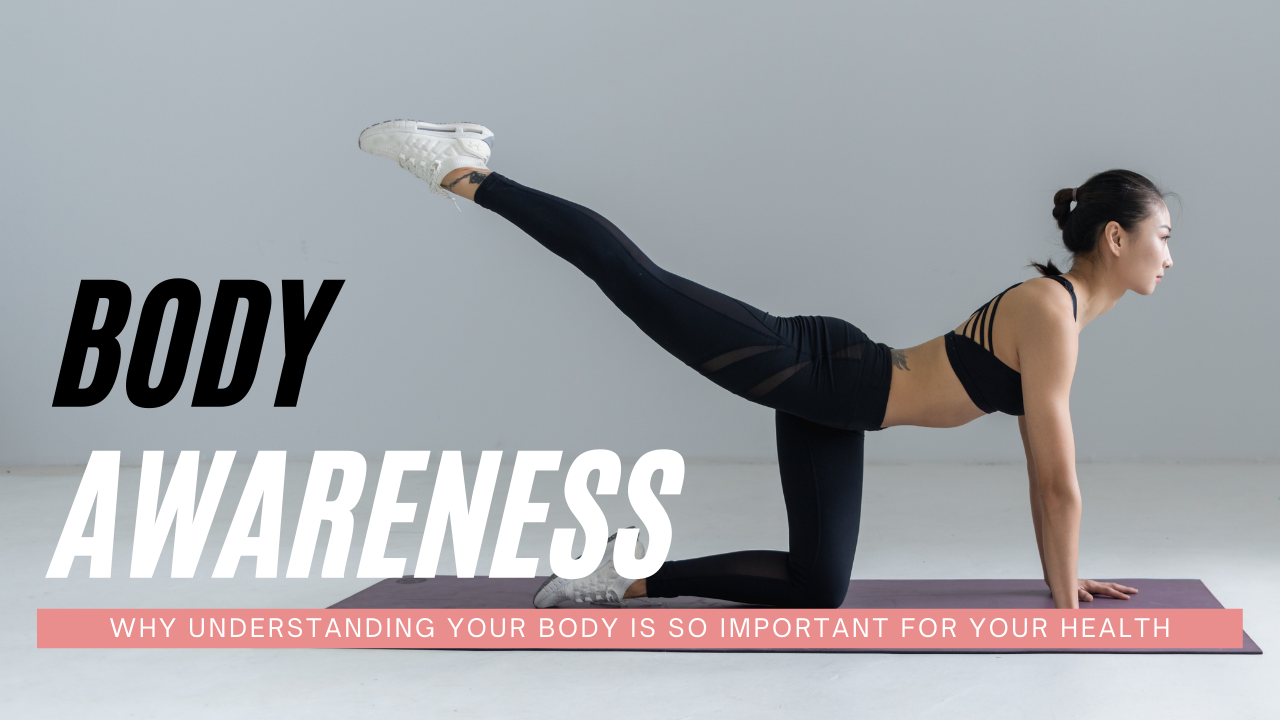Body Awareness

Having body awareness is one of the best ways that we can stay healthy. Having “awareness” refers to knowing what your body feels like at your “normal” (hopefully good) state, so you know the difference when something isn’t right. At the end of the day, you know your body best! We are here to shine light on your blind spots.
Here is some basic anatomy for you to learn to help understand your body better:
Joint: A joint is the part of the body where two or more bones meet to allow movement. There are immovable joints (like the joints of the skull), there are slightly moveable joints (like the vertebrae of the spine), and freely moveable joints.
Tendon: A tendon is a cord of strong, flexible tissue that connects muscle to bone.
Ligament: A ligament is a fibrous connective tissue that attaches bone to bone.
Cartilage: Collagenous cells and proteins that provide support to boney areas where there is a need for flexibility and resistance.
Next, we'll go over some of the muscles in the body that commonly face soreness, irritation, or even injury:
Trapezius: Most commonly referred to as our "traps", the trapezius runs in a triangular shape on the upper back. It is responsible for arm abduction (moving the arms away from the body).
Latissimus Dorsi: Our "lats" are underneath the traps, sort of coating the ribs and attaching up towards the armpit. The lats are responsible for extending, lowering, and rotating the arms.
Hamstrings: The hamstrings are made up of 3 muscles that run the back of our upper legs. They are responsible for extending the hip and flexing the knee. Hamstrings often become sore after running and can be susceptible to tearing without proper warm ups and stretching.
Quadriceps: The quadriceps are a group of 4 muscles that live in the front of our upper legs/thighs. They are responsible for helping us kick, run, jump, and walk, as well as stabilizing the knee. Tight quadriceps or weak quads can appear like knee pain because the knee becomes unsupported.
Piriformis: The piriformis is a tricky little muscle that lives in our ----. The muscle is responsible for shifting weight, and the sciatic nerve is right underneath it. A tight or injured piriformis can appear as sciatic pain and muscle spasms.
Knowing what's going on in your body is going to be the biggest key to your physical health as you get older. When you understand the mechanics how your body should work, it's a lot easier to feel when something doesn't feel right, and you can catch it before it becomes a bigger problem.
Problems we have helped many of our clients overcome include poor posture, weak glutes, hamstrings and quads, among others. While we are happy to work with everyone, we will always recommend if you have an issue to be cleared by a medical professional before working out with us. Additionally, we recommend working in tandem with us and a physical therapist.
